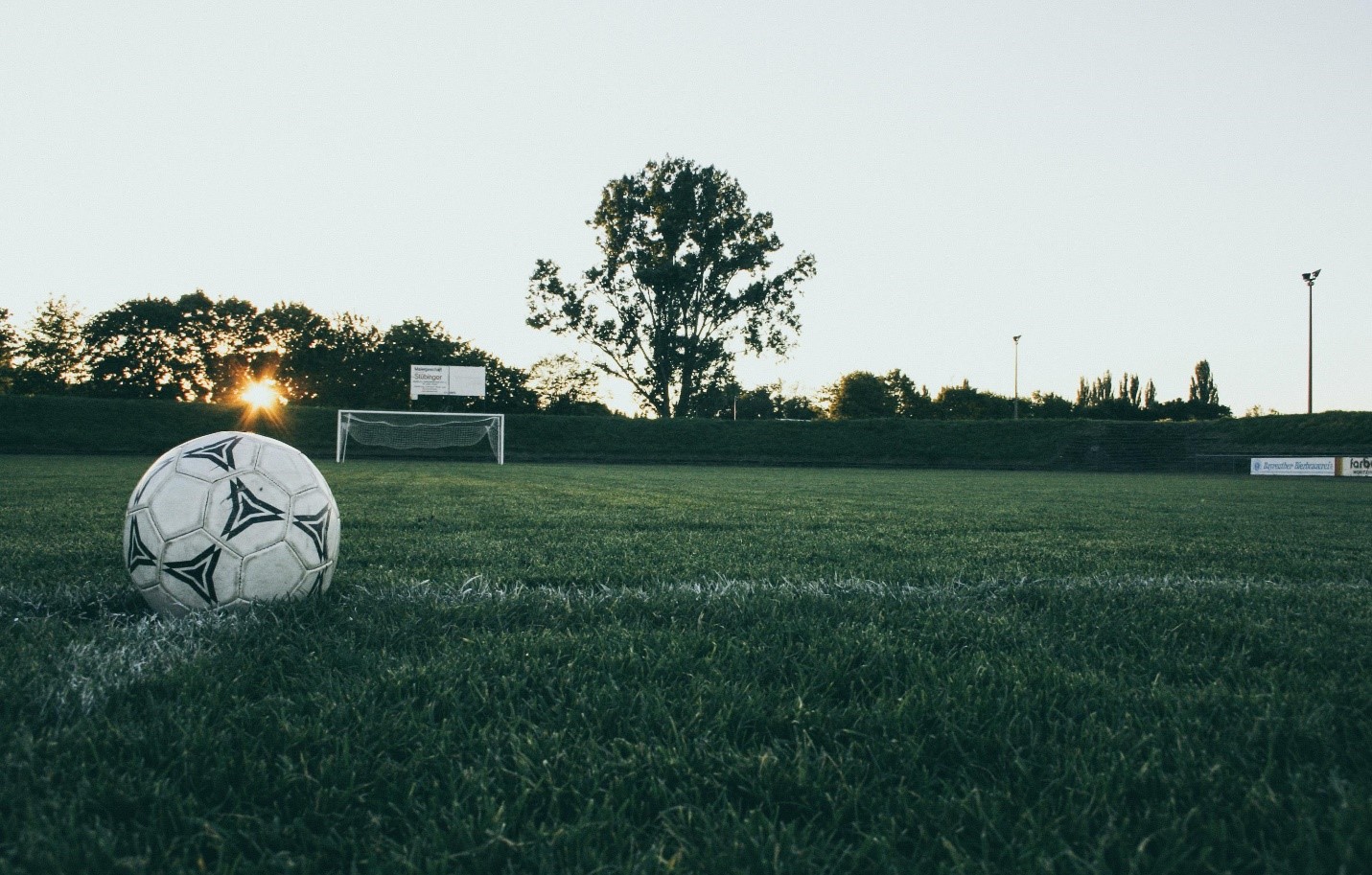Injury Prevention Strategies Every Athlete Should Know
Discover effective injury prevention strategies to

Discover effective injury prevention strategies to keep athletes performing at their best. From proper warm-up routines to cross-training techniques, learn to minimize the risk of injuries and stay in the game.
Prevent Sports Injuries: Essential Strategies for Athletes
In the world of sports, injuries are an unfortunate truth that can disrupt an athlete's training, performance, and career. Nevertheless, athletes can reduce the likelihood of setbacks and maintain optimal performance by utilizing successful injury prevention tactics. Every athlete, whether professional or recreational, should be aware of key strategies to avoid injuries and remain active in their sport.
Follow live matches today and watch tomorrow matches to be in touch with all injury reports of your preferred players.
Proper Warm-Up and Cool Down:
One of the key ways to prevent injuries is making sure you have the right warm-up and cool-down routines before and after working out. A lively warm-up readies the body for physical activity by boosting blood flow to muscles, enhancing flexibility, and improving joint mobility. Similarly, a thorough cool-down session allows the body to gradually return to rest, reducing the risk of muscle soreness and stiffness. Incorporate dynamic stretches, foam rolling, and mobility exercises into your warm-up and cool-down routines to optimize performance and prevent injuries.
Strength and Conditioning:
Strength and conditioning training is essential for building resilience and reducing the risk of sports-related injuries. By strengthening muscles, tendons, and ligaments, athletes can improve stability, enhance joint support, and withstand the demands of intense training and competition. Focus on compound exercises that target multiple muscle groups, such as squats, deadlifts, and lunges, to build functional strength and improve overall athletic performance. Additionally, incorporate exercises that target specific areas prone to injury in your sport, such as the knees for runners or shoulders for swimmers.
Proper Technique and Form:
Maintaining proper technique and form is paramount for preventing injuries during sports and exercise. Bad form leads to lower performance and raises the likelihood of strain, sprains, and other injuries. Whether you are lifting weights, going for a run, or doing sports-specific movements, make sure to concentrate on performing each movement with accuracy and control. If you are not confident in your technique, it may be helpful to seek assistance from a coach or trainer for guidance and feedback to enhance your form and prevent injuries.
Cross-Training:
Cross-training consists of integrating different activities and workouts into your training plan in order to enhance overall physical condition and lower the chance of overuse injuries. Through incorporating a variety of exercises into your routine, you can focus on various muscle groups, avoid muscle imbalances, and reduce strain on joints and tissues by avoiding repetition. Add swimming, cycling, yoga, or Pilates to your workout routine to enhance your main sport and boost your overall fitness level. Cross-training decreases the likelihood of getting injured and improves performance by supporting recovery and avoiding burnout.
Adequate Rest and Recovery:
Rest and recovery are essential components of any athlete's training program and play a critical role in injury prevention. Excessive training and insufficient rest can result in tiredness, reduced immune system function, and higher vulnerability to injuries. Make sure to include days of rest in your training routine to give your body time to recuperate and heal after demanding exercises. Furthermore, make sure to focus on getting quality rest, maintaining proper nutrition, and staying hydrated to help aid in recovery and improve performance. Pay attention to your body and take notice of signs of overtraining, such as constant tiredness, muscle soreness, and lower performance levels.
Injury Rehabilitation and Management:
Even with careful precautions in place, injuries can still happen while participating in sports and exercise. In case of an injury, timely and proper care is crucial for successful rehabilitation and healing. Seek medical attention from a qualified healthcare professional, such as a sports medicine physician or physical therapist, who can provide a diagnosis and develop a tailored treatment plan. Follow their guidance for rehabilitation exercises, rest periods, and gradual return to activity to ensure full recovery and minimize re-injury risk.
Fortify Your Body, Fortify Your Game: A Guide to Sports Injury Prevention:
Injuries are an inevitable part of sports and exercise, but by implementing effective injury prevention strategies, athletes can minimize their risk and stay in the game for the long haul. From proper warm-up routines to cross-training techniques, prioritizing strength and conditioning, and listening to your body's signals, incorporating these strategies into your training regimen can help you perform at your best while reducing the likelihood of setbacks. Remember, injury prevention is not just about avoiding injuries—it's about optimizing performance, staying healthy, and enjoying the sport you love for years to come.







